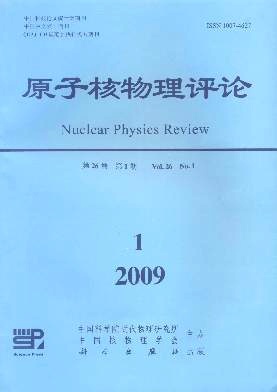Interferometry for Particle emitting Source of High Baryon Density
doi: 10.11804/NuclPhysRev.26.01.001
- Received Date: 2008-05-07
- Rev Recd Date: 1900-01-01
- Publish Date: 2009-03-20
Abstract: Using quantum pathintegral formulae,we examined the twokaon and twopion HanburyBrownTwiss (HBT) interferometry for the particleemitting source with high baryon density. The evolution of the source is described by relativistic hydrodynamics. We use an equation of state of firstorder transition from QGP to hadronic phase and consider a volume correction for the hadronic gas. The twopion HBT results with effects of excitedparticle decay and multiple scattering were investigated and compared with those for conventional thermal freezeout (TFO) model. We found that the twokaon HBT radius was smaller than those of the twopion interferometry. The particle decay increases the HBT radius and lifetime, while the effect of multiple scattering on HBT results can be neglected.
| Citation: | YU Li-li, REN Yan-yu, ZHANG Wei-ning. Interferometry for Particle emitting Source of High Baryon Density [J]. Nuclear Physics Review, 2009, 26(1): 1-7. doi: 10.11804/NuclPhysRev.26.01.001 |






 甘公网安备 62010202000723号
甘公网安备 62010202000723号 DownLoad:
DownLoad: